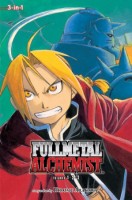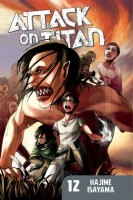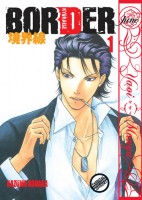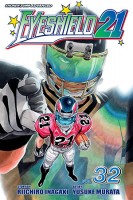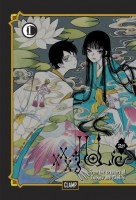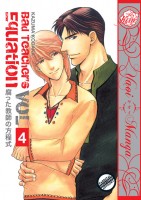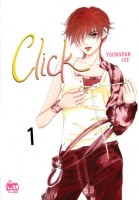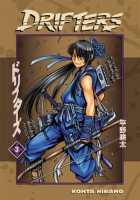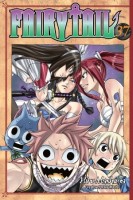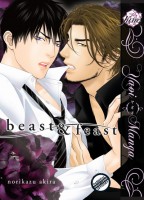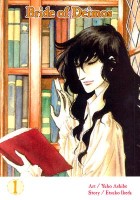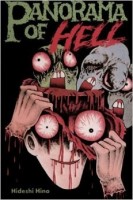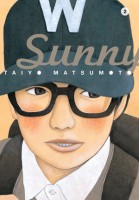It’s the last Wednesday of April (not to mention the last day of April) which means it’s time for the monthly manga giveaway here at Experiments in Manga to begin! This month you have the opportunity to win the first omnibus of Hiromu Arakawa’s wonderful manga series Fullmetal Alchemist as published by Viz Media. The omnibus collects the first three volumes of the series in one convenient package and makes a great introduction to Fullmetal Alchemist. (And for you collectors who like your manga to match, never fear! The final volume of the omnibus edition is currently scheduled for release this November.) As always, the giveaway is open worldwide!
Gender has been a fairly hot topic in comics over the last few years (if not longer). The discussion isn’t just about who is represented in comics, but who’s reading and creating comics as well. Amazing women creators are out there, and they have been for a long time. This is not only true for comics in general, but for manga specifically. Women are and have been creating for all demographics. I am aware of plenty of women mangaka working in seinen and shounen, which are primarily aimed at men and boys, not to mention those who are working in josei and shoujo, which are primarily aimed at women and girls. Of course there are all of those manga that don’t neatly fit into one of the four main demographics and women are creating those, too.
Now, when I’m looking for manga to read, I’m looking for great characters, great stories, and great art. Whether the creator is a woman or a man (or any other gender for that matter) can be important, but for me it usually isn’t a deciding factor when it comes to choosing what to read. Sadly, that’s not true for everyone. I know of readers who will intentionally avoid the work of women creators, authors, and artists simply because they’re women. And they’re missing out on some fantastic material because of it. Take Fullmetal Alchemist as an example.
So, you may be wondering, how can you win a copy of the first Fullmetal Alchemist omnibus?
1) In the comments below, simply name one of your favorite women mangaka and tell me what you enjoy about her work.
2) For a second entry, name a shounen or seinen manga series (which hasn’t been mentioned by me or by someone else) that is written and/or illustrated by a woman.
3) If you’re on Twitter, you can earn a bonus entry by tweeting about the contest. Make sure to include a link to this post and @PhoenixTerran (that’s me).
And there you have it! Each person participating in the giveaway can earn up to three entries and has one week to submit comments. If you have trouble leaving a comment, or if you would prefer, entries may also be submitted via e-mail to phoenixterran(at)gmail(dot)com. I will then post the comments in your name. The giveaway winner will be randomly selected and announced on May 7, 2014. Good luck!
VERY IMPORTANT: Include some way that I can contact you. This can be an e-mail address, a link to your website, Twitter username, or whatever. If I can’t figure out how to get a hold of you and you win, I’ll just draw another name.
Contest winner announced—Manga Giveaway: Fullmetal Alchemist Giveaway Winner

